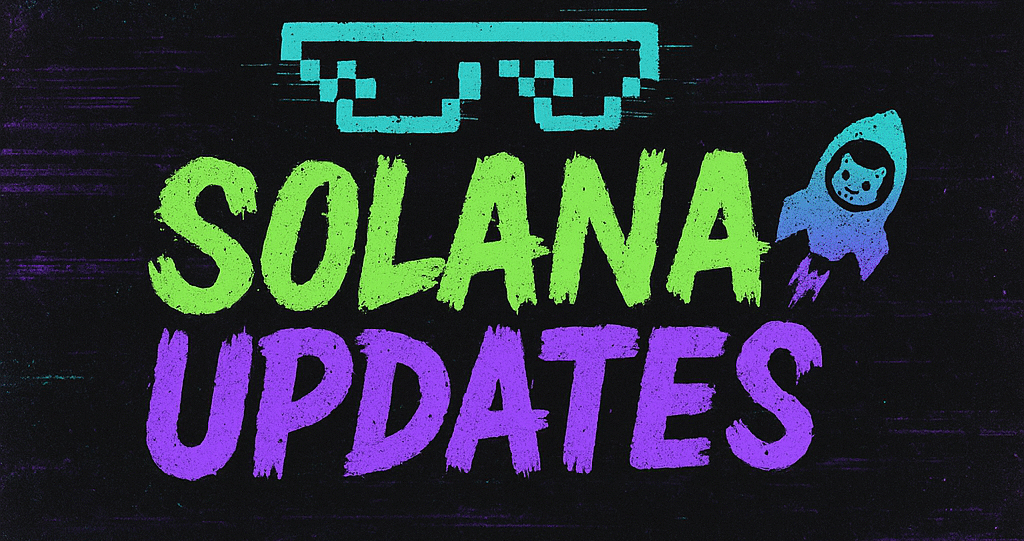Ethereum Validators Move to Increase Gas Limit to 45 Million
In a significant development for the Ethereum network, nearly half of the validators have signaled their intention to increase the gas limit to 45 million units. As of July 21, 2025, 49% of validators who have staked their ETH are in favor of this change, reflecting a proactive step towards enhancing the network’s capacity and efficiency.
The gas limit in Ethereum essentially determines the number of transactions and smart contract operations that the network can process per block. By increasing this limit, Ethereum aims to accommodate more transactions, thereby potentially reducing congestion and lowering transaction fees during peak usage periods.
This move comes amid ongoing discussions within the Ethereum community about scalability and performance improvements. Validators play a crucial role in the Ethereum ecosystem, as they are responsible for processing transactions and securing the network. Their willingness to support an increase in the gas limit signifies a collective effort to address some of the longstanding challenges associated with Ethereum’s scalability.
Potential Impacts on the Ethereum Network
The decision to increase the gas limit is not without its implications. While the intention is to improve throughput, there are concerns about the potential for increased centralization. Larger blocks resulting from a higher gas limit could lead to higher hardware requirements for validators, which might exclude smaller participants and concentrate validation power among those with more resources.
Moreover, there is a delicate balance to be maintained between higher capacity and network security. Larger blocks could take longer to propagate across the network, potentially leading to increased risks of orphaned blocks, where two blocks are simultaneously mined but only one is ultimately added to the blockchain.
Despite these challenges, the Ethereum community remains optimistic. Many see the gas limit increase as a temporary measure to alleviate current congestion issues while longer-term solutions, such as Ethereum 2.0’s sharding and rollups, are being developed and implemented.
Community Reactions
The community’s reaction has been mixed, with some members expressing excitement about the prospect of faster and cheaper transactions. Others, however, caution against hasty changes that could jeopardize the network’s stability and decentralization.
“Increasing the gas limit is a double-edged sword,” one community member noted in a forum discussion. “While it can lead to immediate improvements in transaction speed and cost, we must be careful not to compromise the long-term health of the network.”
Ethereum’s dynamic and engaged community has always been its backbone, and this latest development has sparked lively debates about the best path forward. As validators continue to signal their intentions, it is clear that the Ethereum ecosystem is actively seeking ways to evolve and improve.
As the Ethereum network navigates this pivotal moment, stakeholders will be closely watching the outcomes of this potential gas limit increase. Whether it ultimately leads to improved performance or invites new challenges, this decision underscores the network’s ongoing commitment to innovation and adaptability in a rapidly changing digital landscape.
🛒 Recommended Product: Check out top-rated crypto gear on Amazon


